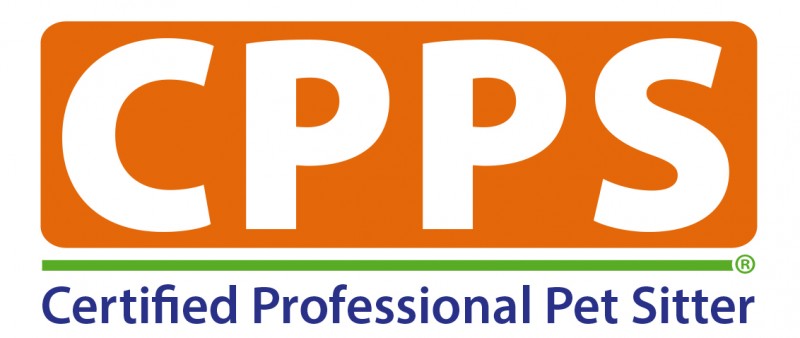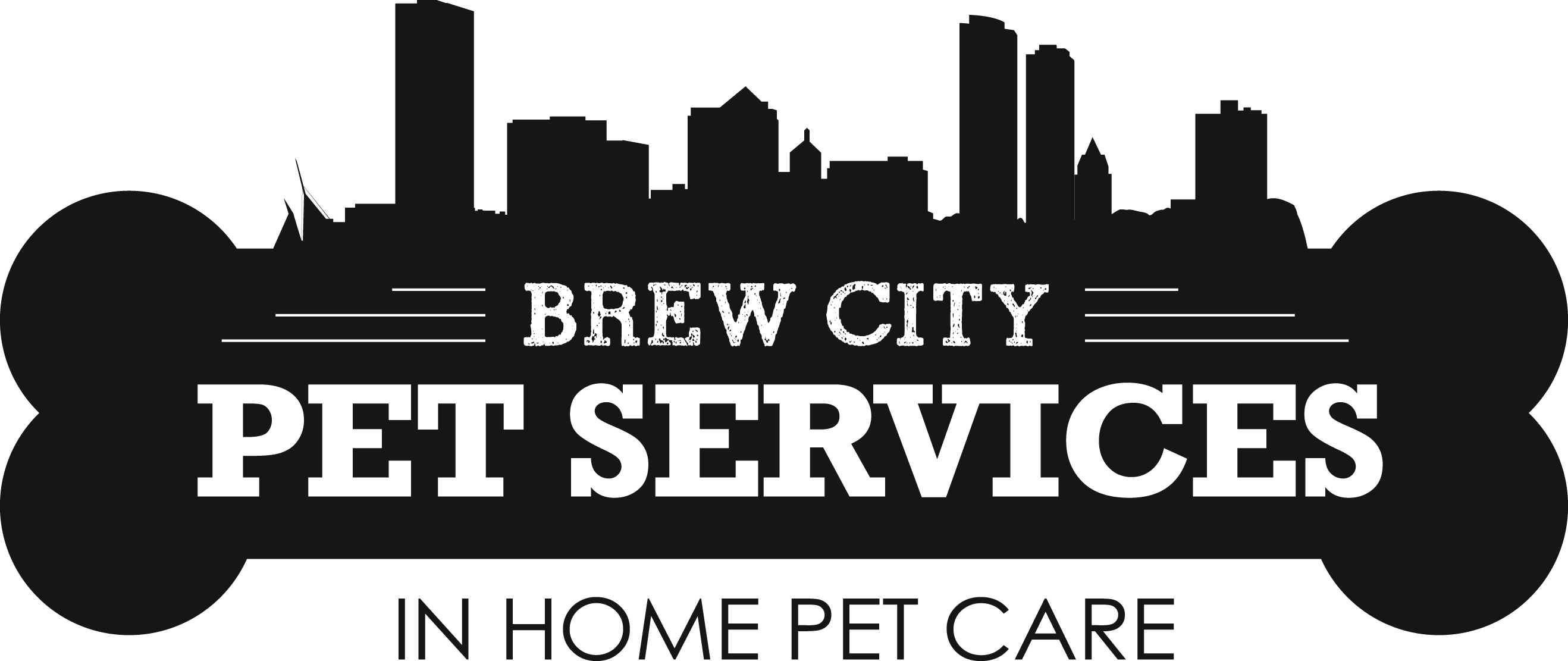
When you use the services of a Certified Professional Pet Sitter®, you are benefitting from a pet sitter who has:
- Successfully passed the industry’s only knowledge-assessed exam
- Agreed to adhere to PSI’s Recommended Quality Standards
- Agreed to adhere to the Member Code of Conduct and Ethics
- Obtained a minimum of thirty (30) continuing education hours (CEUs) every three years to maintain the CPPS® designation
![]() When you search PSI’s Official Pet Sitter Locator, look for the Certified Professional Pet Sitter® icon, which indicates pet sitters who have achieved this prestigious designation.
When you search PSI’s Official Pet Sitter Locator, look for the Certified Professional Pet Sitter® icon, which indicates pet sitters who have achieved this prestigious designation.
More about the CPPS-Certified Professional Pet Sitter® designation:
PSI’s CPPS-Certified Professional Pet Sitter® Exam provides its members with the only knowledge-based assessment designed specifically for professional pet sitters. PSI’s exam requires that candidates demonstrate the knowledge and skills necessary to succeed and prosper as professional pet sitters.
This exam tests professional pet sitters on a general body of knowledge that they should have obtained through their educational and professional experiences in the pet-sitting industry. As a certification, there is no coursework and pet sitters are not tested on a specific curriculum. Instead, the exam provides the opportunity to demonstrate that they are proficient in body of knowledge that has been established for the professional pet-sitting industry.
CPPS -Certified Professional Pet Sitter® is a federally-trademarked certification mark PSI awards to professional pet sitters who successfully demonstrate their knowledge and skills by obtaining a passing score on the CPPS Exam and agreeing to adhere to PSI’s Recommended Quality Standards and Code of Conduct & Ethics.
Pet Sitting General Body of Knowledge/CPPS Exam Study Objectives:
A. Domain: Pet Care
1. Pet Sitting
- a. Able to define pet sitting.
- b. Describe how a typical pet sitting visit is conducted.
2. Dogs
- a. Demonstrate knowledge of canine behavior and body language.
- b. Identify the dietary and exercise needs of canines.
- c. Understands the basic anatomy, as well as growth and development stages of dogs.
- d. Recognize the different styles of collars and leashes and explain the purpose of each.
- e. Understands common diseases that affect canines and can recognize signs of illness.
3. Cats
- a. Demonstrate knowledge of feline behavior and body language
- b. Identify the dietary and exercise needs of felines.
- c. Understands the basic anatomy, as well as growth and development stages of cats.
- d. Recognize the different litter types and best technique for cleaning each.
- e. Understands common diseases that affect felines and can recognize signs of illness.
4. Pet Birds
- a. Demonstrate knowledge of avian behavior and body language.
- b. Identify the dietary and enrichment needs of pet birds.
- c. Understands the basic anatomy, as well as growth and development stages of birds.
- d. Define the unique household dangers that can pose a threat to pet birds.
- e. Understands common diseases that affect pet birds and can recognize signs of illness.
B. Domain: Health, Sanitation and Safety
1. Animal First Aid and Health
- a. Understands the importance of a Head to Tail check-up and demonstrates knowledge of how to perform one.
- b. Understands how to perform basic pet first aid functions, such as bandaging a cut, inducing vomiting, initial treatment for heatstroke, rescue breathing and chest compressions
2. Parasites and Sanitation
- a. Identify common pet parasites.
- b. Demonstrate knowledge of how to sanitize pet stains and the best method to dispose of waste.
- c. Recognize the importance of containing diseases and can follow steps to prevent their spread.
3. Pet Loss
- a. Define the different methods of handling pet remains.
- b. Understands the stages of grief.
4. Pet Sitter Health and Safety
- a. Recognizes health concerns unique to pet sitting and understands methods of prevention.
- b. Define burnout and compassion fatigue.
- c. Demonstrates knowledge of safety procedures when in a client’s home or traveling in a vehicle.
C. Domain: Business Operations
1. Client Interviews and Customer Service
- a. Recognize appropriate/inappropriate conduct as a pet sitting professional.
- b. Demonstrates understanding of how to diplomatically decline an assignment.
- c. Identifies the hallmarks of excellent service and can apply them to real-life situations.
2. Disaster Planning
- a. Identify the most common disasters, both man-made and natural.
- b. Describe the appropriate action to take during an evacuation.
- c. List the necessary supplies for both pets and people during a disaster.
3. Ethics, Legal Issues and Pet Sitter Liability
- a. Understands the importance of having a legally binding contract that outlines the obligations of both pet owner and pet sitter.
- b. Define liability insurance and bonding.
- c. Understands licensing and business structure types as they apply to pet sitters.
- d. Demonstrates knowledge regarding common liability issues for pet sitters.
4. Marketing, Social Media and Promotion
- a. Identify different marketing types and how to measure their efficacy.
- b. Understands media relations and how to hold professional communications with media.
5. Office Procedures
- a. Define service area and rates as they apply to the pet sitting industry.
- b. Demonstrates knowledge of time management skills and scheduling.
- c. Understands the importance of proper record keeping.
